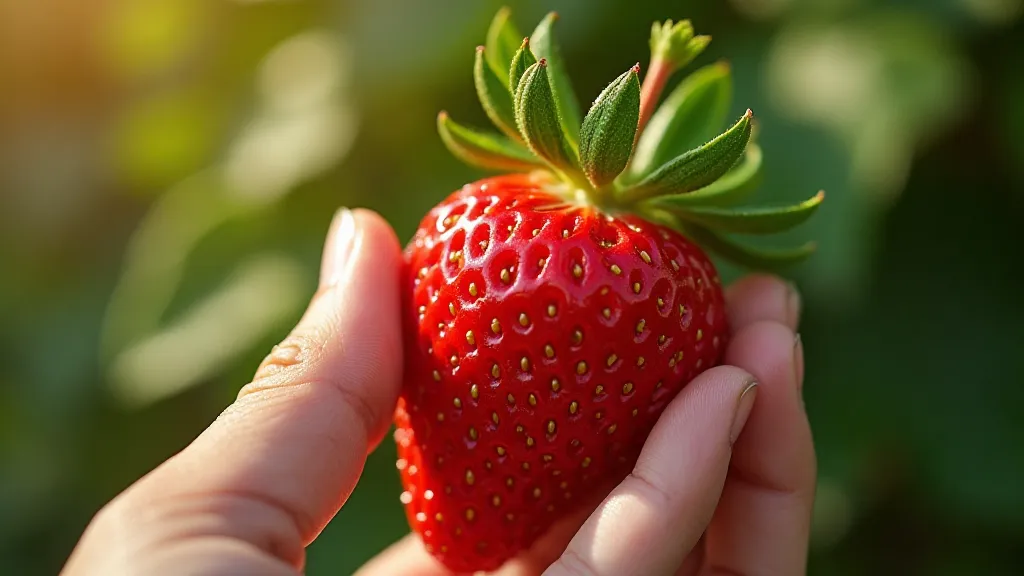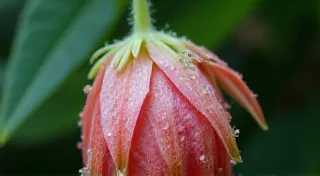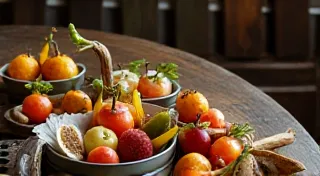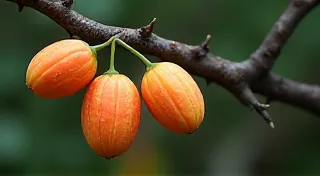Chromatic Resonance: The Science & Symbolism of Fruit Color
There’s a peculiar magic that happens when you pluck a perfectly ripe fruit from a tree. It’s not just the taste, though that’s a delightful reward in itself. It’s the color. A vibrant crimson strawberry, a sun-kissed golden mango, a deep indigo plum – each hue tells a story, a silent promise of flavor and experience. But beyond the aesthetic appeal, fruit color is a fascinating intersection of botany, nutrition, and human symbolism, a chromatic resonance that speaks to our deepest cultural instincts.
My grandfather, a quiet man of the earth, understood this instinctively. He wasn’t a scientist, nor a philosopher, but he possessed a wisdom born of years spent tending his orchard. He's the reason I developed this fascination with fruit. He's the one who told me that a fruit’s color wasn't just about ripening; it was about life, vitality, and the culmination of a complex biological process. He’s the one who instilled in me a respect for the patient artistry of nature. He often spoke of the interconnectedness of things, how the health of the soil influenced the vibrancy of the fruit, a sentiment that led me to appreciate the subtle nuances often overlooked. Learning about the complex ecosystem supporting his orchard sparked an interest in the hidden connections within the natural world.
The Science of Pigmentation
The colors we see in fruit are primarily due to pigments – naturally occurring chemical compounds that absorb and reflect light. The most common culprits are anthocyanins (responsible for reds, blues, and purples), carotenoids (the source of yellows, oranges, and reds), and chlorophyll (present in unripe fruits, masked by other pigments as they mature). Anthocyanins, for instance, are a particularly intriguing group. They're not just pretty; they're potent antioxidants, protecting plants from UV damage and, potentially, offering similar benefits to humans who consume them. The beauty of a ripe fruit isn't simply a visual delight; it's a sign of the complex biochemical processes at play.
The production of these pigments is a remarkably delicate dance, influenced by factors like sunlight, temperature, and soil pH. A sudden cold snap can interrupt anthocyanin production, leading to a paler, less intensely colored fruit. Similarly, certain soil compositions can influence the specific anthocyanins produced, resulting in subtle variations in hue. The artistry of a skilled fruit grower lies in understanding and manipulating these factors, coaxing forth the most vibrant and flavorful fruit possible. Preserving these ancient varieties and understanding their particular needs is an increasingly important endeavor, as we strive to reconnect with the wisdom of previous generations and learn how they managed to coax such vibrant colors and flavors from the earth. It's almost like unlocking a forgotten language, speaking to the earth and hearing its response in the hues of the fruit.
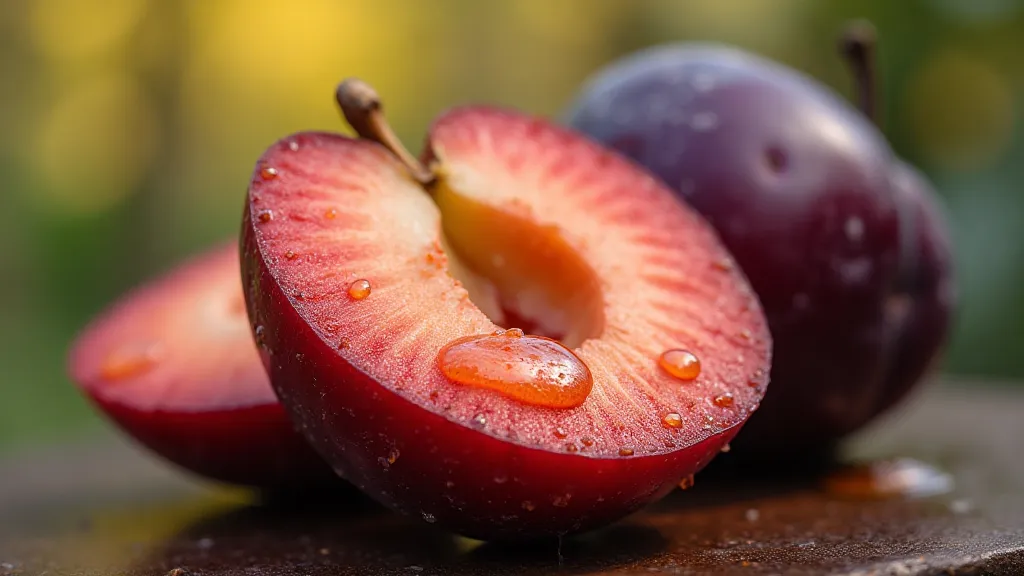
Nutritional Value and Color
It’s no coincidence that many brightly colored fruits are also packed with nutrients. The pigments that give them their vibrant hues often act as antioxidants, protecting cells from damage caused by free radicals. For example, lycopene, the pigment responsible for the deep red of tomatoes and watermelons, has been linked to a reduced risk of certain cancers. Similarly, the beta-carotene found in orange fruits like mangoes and apricots is a precursor to Vitamin A, essential for vision and immune function. The knowledge of what a fruit can provide our bodies is a crucial part of appreciating it - understanding that a vibrant color often signifies a bounty of beneficial compounds is a deeply satisfying thought.
The old adage “eat the rainbow” holds a great deal of truth. A diet rich in a variety of colorful fruits and vegetables provides a broader spectrum of nutrients and antioxidants, supporting overall health and well-being. While the “superfood” label is often overused, there’s undeniable value in prioritizing a diverse and colorful intake of fruits. Many recipes throughout history have celebrated this abundance, creating delightful combinations of fruits to maximize flavor and nutritional benefits. Exploring these traditional recipes, such as those found in the realm of forgotten feast fruit recipes, can be a wonderful way to connect with culinary heritage and discover new ways to enjoy the bounty of nature.
Cultural and Symbolic Meanings
Beyond the scientific and nutritional aspects, fruit colors carry deep cultural and symbolic meaning across different societies. Red, often associated with passion, energy, and good fortune, is a prominent color in many Asian cultures. Apples, particularly red apples, have a long history of symbolism in Western cultures, representing knowledge, temptation, and immortality – think of the story of Adam and Eve. The way we interpret these colors shapes our perceptions of the fruits themselves, imbuing them with layers of meaning that extend far beyond their nutritional value.
Purple, often associated with royalty and spirituality, evokes a sense of mystery and elegance. Blue fruits, though rarer in nature, often carry a sense of tranquility and calmness. Consider the reverence afforded to blueberries in North America – they represent abundance and a connection to the natural world. The very act of offering a beautiful, ripe piece of fruit is a gesture of hospitality and connection, a silent acknowledgment of shared humanity. The importance of sustainable harvesting and respect for the natural environment is also increasingly valued, particularly when it comes to wild fruits – ensuring that we can continue to enjoy these treasures for generations to come. Practices like those described in The Siren’s Bloom: Wild Fruit Foraging & Ethical Harvesting highlight the importance of responsible stewardship.

The Heirloom Connection: Preserving Color and Heritage
The rise in popularity of heirloom varieties underscores a growing appreciation for the diversity of fruit colors and flavors. These older varieties, often passed down through generations, represent a living archive of agricultural heritage. They frequently boast unique color combinations and complex flavor profiles that have been lost in the pursuit of uniformity and shelf life in modern agriculture. My grandfather always believed in the wisdom of observing nature – how the soil, the sun, and the rain all interacted to produce the unique flavors and colors of his fruit. It was a holistic view, one that recognized the interconnectedness of all living things.
My grandfather was a keen advocate for preserving these “old-fashioned” fruits. He argued that each variety held a piece of our history – a connection to the people who cultivated them and the environments in which they thrived. The vibrant crimson of a Cox’s Orange Pippin apple, the deep indigo of a French plum, the sun-kissed gold of a Moscato grape – these weren’t just colors; they were stories waiting to be told. He was also fascinated by the unseen forces at work beneath the surface, the intricate web of microorganisms that supported the health of his orchard. He understood that the vibrancy of his fruit was directly linked to the health of the soil, an idea that now finds deeper understanding through modern soil science. The complex interplay between roots and the surrounding environment— the silent, underground communication that nourishes the plants— is a truly remarkable thing, a notion further explored in The Silent Language of Roots: Mycorrhizae and Orchard Health.
Restoring and cultivating heirloom fruit varieties isn't just about preserving genetics; it’s about preserving a sense of place, a connection to the past, and a commitment to biodiversity. It’s a form of cultural stewardship, ensuring that future generations can experience the full spectrum of flavors and colors that nature has to offer. Many believe that these traditional farming practices can also be more sustainable and resilient in the face of climate change, a perspective that recognizes the wisdom of working *with* nature rather than against it.
The Resonance of a Ripening Fruit
There’s a quiet joy in witnessing a fruit ripen on the branch, slowly transforming from a pale green bud to a riot of color. It's a process that speaks to the patience and resilience of nature – a reminder that the most beautiful things often take time. Observing this natural rhythm can also teach us valuable lessons about our own lives, reminding us to appreciate the small moments and to find joy in the simple pleasures.
Just as an accordionist carefully tunes their instrument to create a harmonious melody, so too does nature orchestrate the pigments within a fruit, creating a chromatic resonance that delights the senses and nourishes the soul. It's a testament to the power of simple pleasures, the beauty of the natural world, and the enduring legacy of those who cultivate it. The timing of harvests and the understanding of lunar cycles are considered significant by some, believing it can impact the flavor and yield – drawing inspiration from the wisdom of the Lunar Orchard: Harnessing Natural Rhythms for Abundant Yields.
